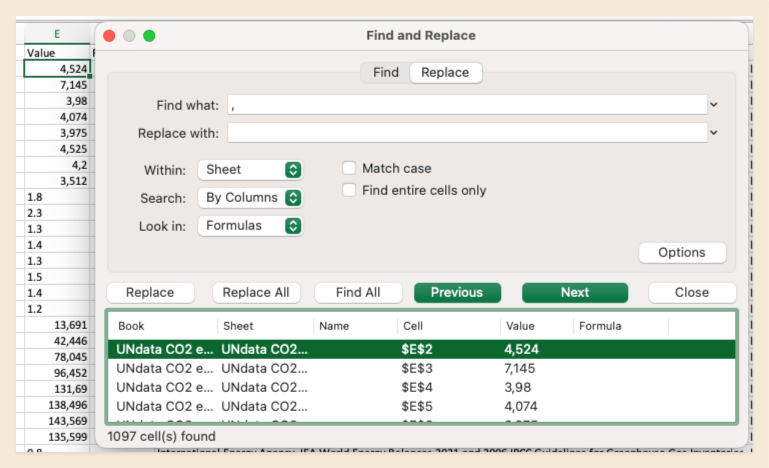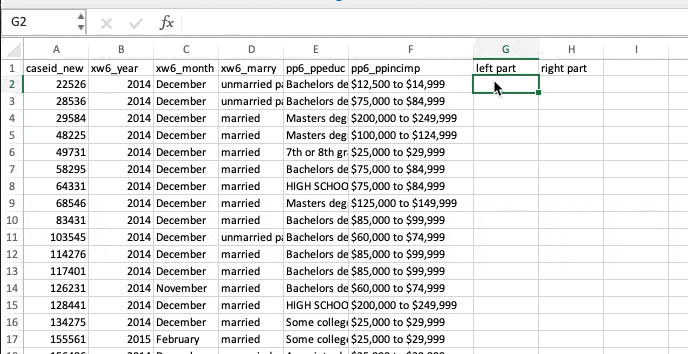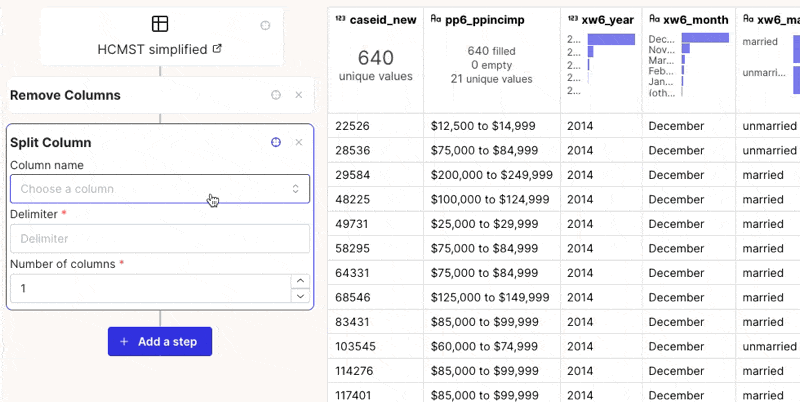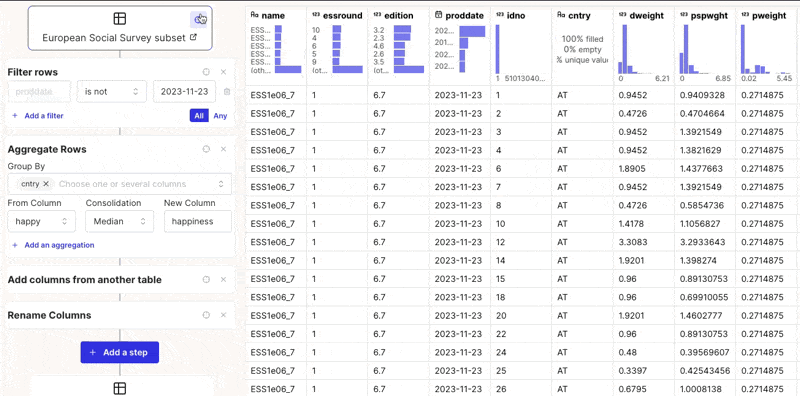Why Tabulate Outperforms Excel for Data Transformation
Tabulate brings a host of features that surpass Excel in data transformation. Discover how Tabulate can become your go-to tool for efficient and effortless data preparation.

Jeremy Greze
Founder
Data transformation can be a daunting task, especially if you're not a seasoned data professional. Whether you're a researcher, a freelance consultant, or a marketing analyst, you've likely found yourself spending countless hours wrestling with spreadsheets to prepare data for analysis. For many, Excel has been the go-to tool for these tasks. But what if there was a simpler, more efficient way to transform data?
Enter Tabulate—a new data tool designed to make data preparation accessible for everyone. Currently available in beta, Tabulate offers several features that outshine Excel in the realm of data transformation. Let's dive into why Tabulate could be your new best friend for data preparation.
1. Seamless and Massive Data Operations
Tabulate: Batch Operations Made Easy
Tabulate excels at handling massive data operations with ease. Need to find and replace in a column, filter rows, pivot data, extract numbers or merge data from multiple sources? In Tabulate, these tasks are simple and efficient. Our tool lets you perform large-scale operations on entire columns and rows with just a few clicks, saving you time and minimizing human error.
Tabulate can effortlessly manage millions of rows, making it perfect for users dealing with extensive datasets. Tasks like renaming columns, merging datasets, or filtering rows become quick and straightforward, with real-time results.
Excel: Cell-by-Cell Operations
In contrast, Excel often requires a cell-by-cell approach. Operations like calculations and data transformations typically start at the cell level and are extended to other cells, making the process cumbersome and prone to mistakes. Excel also struggles with large datasets, leading to performance issues when working with hundreds of thousands of rows.
Summary: Tabulate’s approach to batch operations and its capacity to handle large datasets make it a superior choice for efficient data transformation.

Excel's Find and Replace feature requires manual cell selection and is not suitable for large-scale operations.
2. Specialized Data Preparation Functions
Tabulate: Advanced, No-Code Transformations
Tabulate shines with its suite of advanced data transformation tools, accessible without any coding. Whether you need to join tables, pivot data, or perform complex aggregations, Tabulate makes it easy. Tasks that are daunting in Excel are simplified with Tabulate’s user-friendly interface.
For example, merging two datasets based on a common column in Tabulate takes just a few clicks. Creating pivot tables is as easy as choosing few fields. Our visual, no-code interface provides real time feedback with statistics and visual cues, helping you make informed decisions.
Excel: Formula-Dependent and Time-Consuming
Excel requires a solid understanding of specific formulas for similar tasks. Functions like VLOOKUP and XLOOKUP, while powerful, are not intuitive for many users. Creating pivot tables involves multiple steps and a good understanding of Excel’s functionality, making it time-consuming and complex for non-technical users.
Summary: Tabulate’s specialized, no-code tools simplify complex data transformations, making them accessible and time-efficient compared to Excel’s formula-dependent methods.


Splitting a column in Excel requires multiple steps and formulas, while Tabulate simplifies the process with a dedicated tool and few clicks.
3. Non-Destructive Data Manipulation
Tabulate: Flexible and Safe Data Changes
Tabulate's non-destructive approach to data manipulation is a game-changer. All transformations in Tabulate are reversible, allowing you to experiment with different changes without affecting your original dataset. You can toggle changes on and off, roll them back, or modify them as needed. Once you're satisfied, you can export your data in various formats, including CSV or code (SQL, Python), for further analysis or integration with other tools.
Excel: Permanent and Risky Changes
In Excel, most data manipulations replace the original values in your cells. If you make a mistake or want to revert to the initial dataset, you may have to undo a long sequence of ctrl+z (cmd+z for mac) commands or revert to an earlier version of the file. This can be risky and time-consuming unless you meticulously save different versions of your work.
Summary: Tabulate’s non-destructive data manipulation provides a safer, more flexible way to handle data, reducing the risk of irreversible changes compared to Excel’s more permanent operations.

Tabulate's preview at each step allows you to see the changes made along the data transformation process. And you can always revert and go back to a previous state.
Conclusion
While Excel is powerful for small datasets and individual cell operations, it shines in handling relatively simple, formula-based tasks. If you're working with fewer than a thousand rows or need to apply specific formulas across cells, Excel might be more straightforward and convenient.
However, for larger datasets, batch operations, integrating multiple files, or extensive data cleaning, Tabulate excels. Our platform simplifies complex data transformations without the need for coding expertise, making it ideal for non-technical professionals.
Tabulate’s non-destructive approach to data manipulation, advanced transformation tools, and ability to manage large-scale operations provide a robust and user-friendly alternative to Excel. If you're tired of the complexity and limitations of Excel for data preparation, we invite you to try Tabulate, now available in beta.
The Tabulate Team